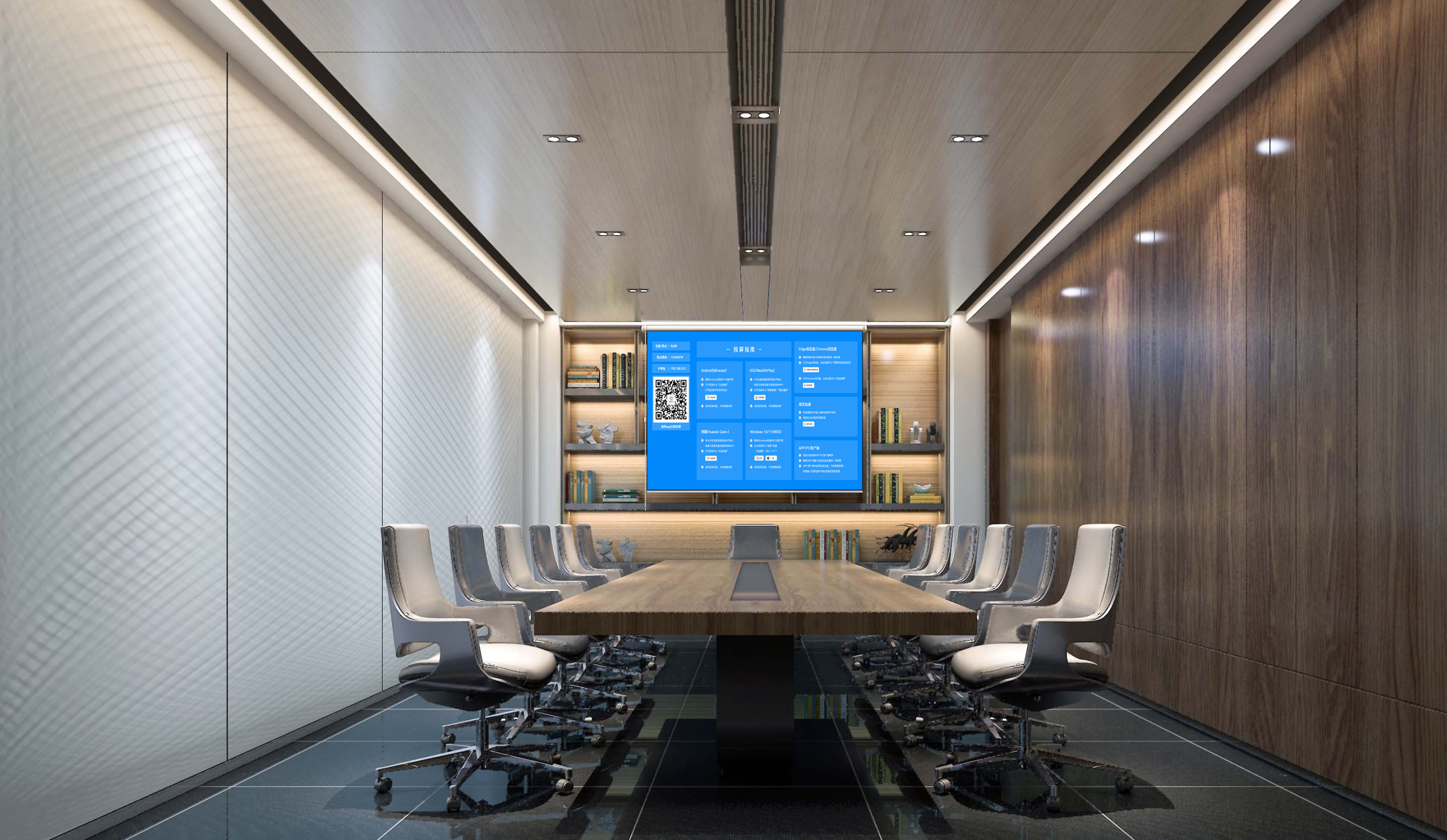Miracast: The Classroom Screen Mirroring Key for Android Devices
With Android devices accounting for half of the campus terminals, the combination of Miracast technology and screen mirroring devices has become the “wireless bridge” of smart classrooms. Boasting the advantages of direct connection convenience and wide compatibility, it fully unlocks the teaching value of Android devices.
Direct Connection Mirroring: Simplify Teaching Preparation
In the past, connecting Android devices to classroom large screens often relied on third-party software or complex network settings, which was time-consuming and prone to malfunctions. Screen mirroring devices supporting Miracast have completely changed this situation—no Wi-Fi connection is required. Teachers only need to enable the Miracast function on their Android phones, tablets, or laptops, search for and match the screen mirroring device to complete the connection, and the whole process takes only tens of seconds.
In a biology class, for example, teachers can use Android tablets to display micro-biological structure diagrams, cast them to the large screen with one click via Miracast, and even drag the screen to label the names of cell structures. When demonstrating virtual experiment software, they can cast the operation process in real time, allowing students to clearly see every step of parameter setting. The efficiency of direct connection enables faster classroom lead-in.
Two-Way Interaction: Activate Classroom Atmosphere
Miracast is not just one-way content casting, but also supports two-way interaction between teachers and students. In a math class: after casting example questions to the large screen via the mirroring device, teachers can synchronize operation permissions to students’ Android tablets, allowing students to solve problems directly on their own devices and send the results back to the large screen via Miracast for real-time comments. In group discussions in history class: the timeline notes organized by each group on Android phones are synchronously cast via Miracast, and other groups can annotate and supplement views on their own devices. The two-way flow of information fosters fuller ideological collisions.
Full-Spectrum Compatibility: Lower the Usage Threshold
The compatibility issues caused by the diverse brands and models of Android devices are easily solved by the combination of Miracast and screen mirroring devices. Whether it is an old Android phone, a new Android tablet, or a smart blackboard equipped with the Android system, all can be seamlessly connected to the screen mirroring device via Miracast.
In an art class, students can draw works on Android tablets of different brands and cast them for display via Miracast without worrying about format or interface issues. When teachers use Android laptops to play teaching videos, they can switch to Android phones to cast the captured photos of students’ works midway, with zero lag during device switching. The wide compatibility ensures that technical adaptation no longer becomes a teaching burden.
From teachers’ quick lesson preparation to two-way teacher-student interaction, and then to flexible adaptation of multiple devices, the combination of Miracast and screen mirroring devices, with the characteristics of network-free direct connection and wide compatibility, opens up the connection channel between Android devices and classroom large screens, making the interaction in smart classrooms more boundless.
